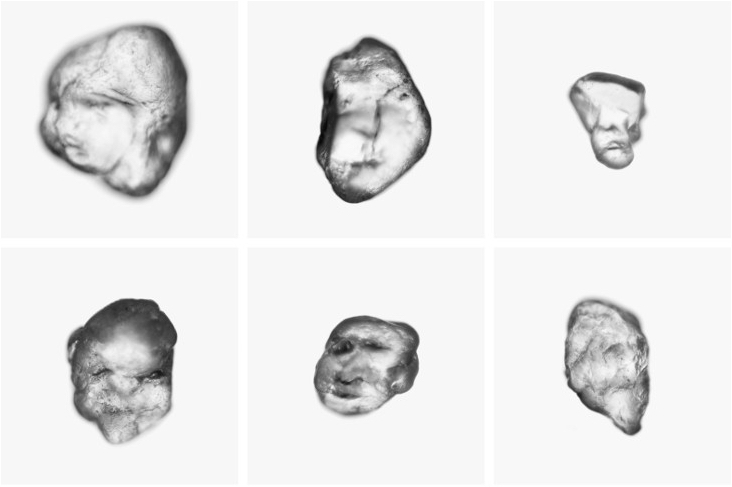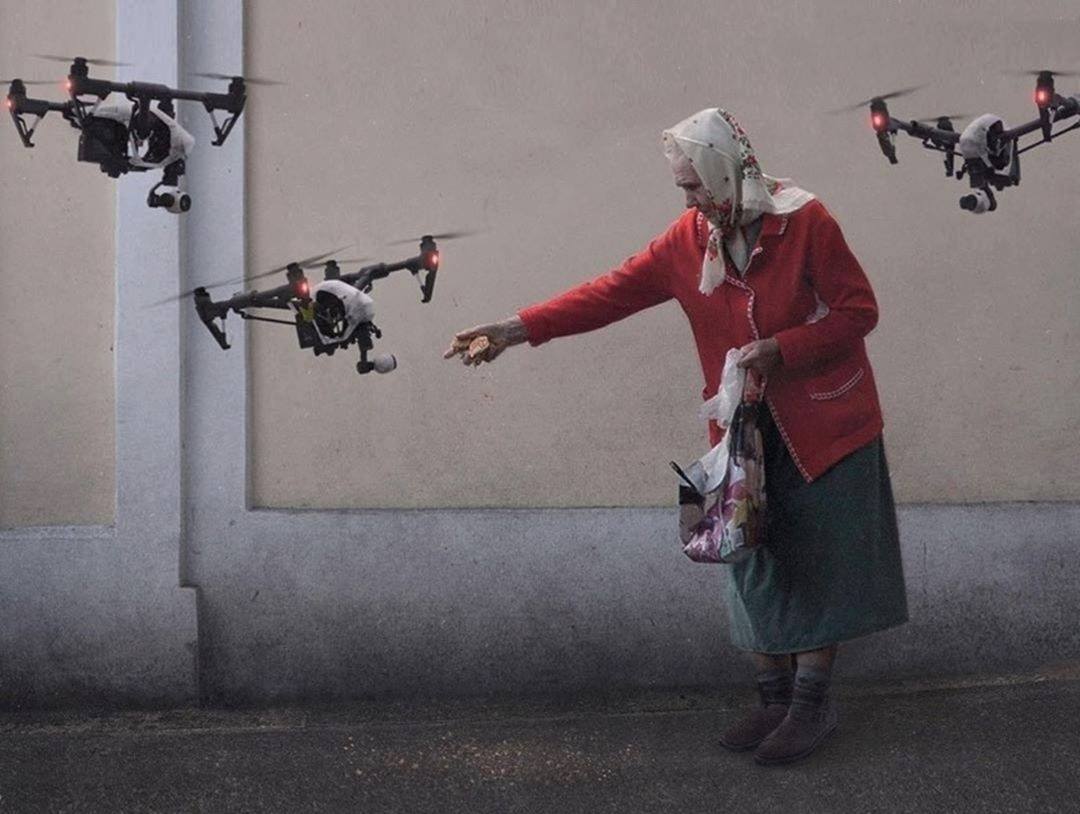
“2021 marks the 50th year since the invention of the 4004 – the world’s first Monolithic CPU and microprocessor. This incredible invention is barely known outside of CPU collector circles, but there’s no reason it should be any less famous than the lightbulb, or the atomic bomb. It was an extraordinary feat of miniaturization which revolutionized computer design and made personal computing a reality. It paved the way for everything in our digital world.”















